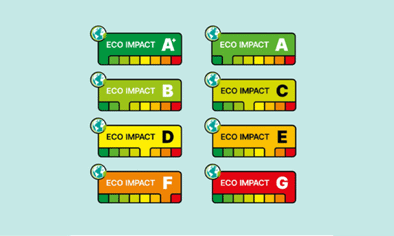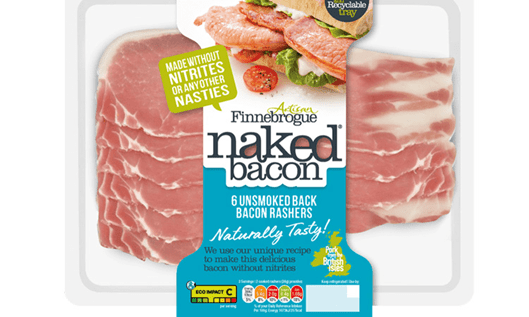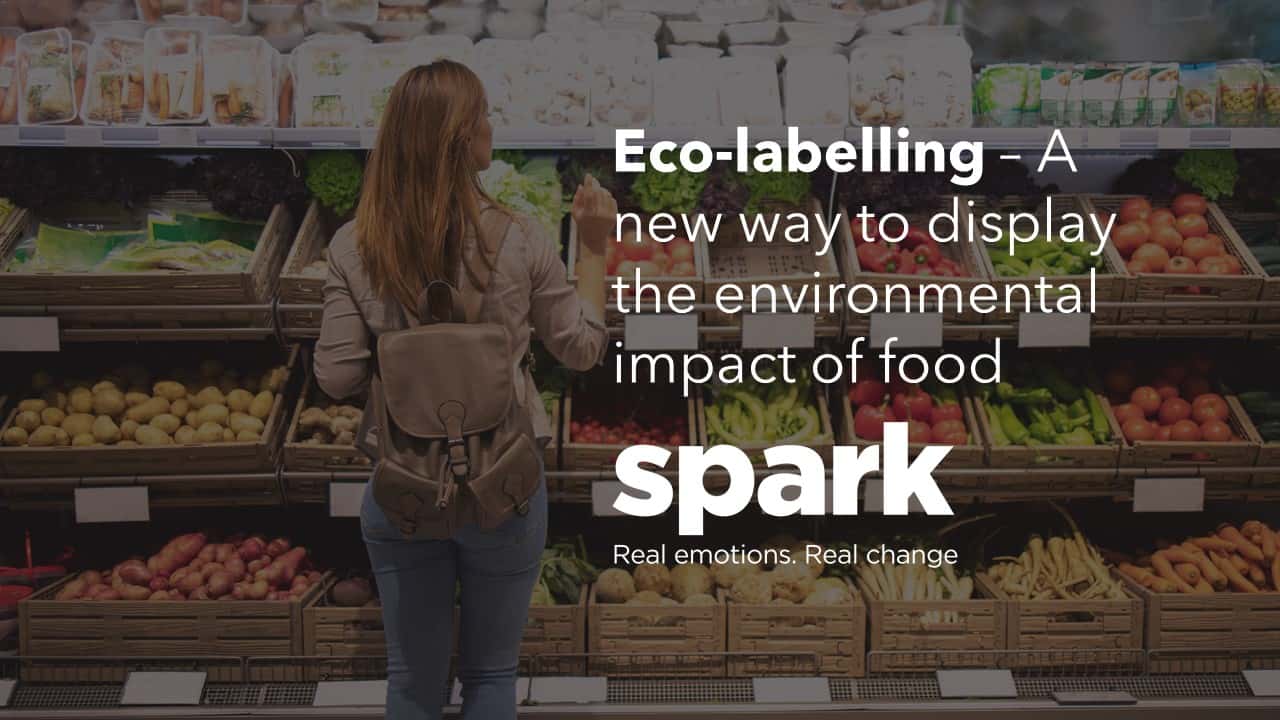The food industry alone is responsible for 40% of greenhouse gas emissions and The Intergovernmental Panel on Climate Change (IPCC) predict that this will increase by another 30% by 2050. People are waking up to the fact that their food consumption is having drastic impacts on the environment. Now more than ever, we are conscious of what we consume and how we are contributing to the climate crisis. However, it is hard to implement personal change when it is unclear how environmentally damaging the food we buy actually is. This is where Eco-labelling comes in.
What is Eco-labelling?
Eco-labelling is a new food labelling system, designed to help consumers make more environmentally conscious shopping decisions. This traffic light system will be trialled in the UK this autumn, appearing on the front of product packaging to help consumers compare food products for sustainability. This will in turn push manufacturers to look for more environmentally friendly ways to produce food.
Products are given an A*- G rating, based on four main factors:
- Farming
- Processing
- Packaging
- Transport
The weighting for these factors comes from measuring elements such as the amount of water used to grow or manufacture the product, the amount of water pollution involved, the impacts it has on biodiversity and the amount of carbon that it produces.

The overarching goal of the EU Ecolabel is to empower market actors to consume, produce and live more sustainably, to prevent those greenhouse emission percentages from soaring… before it’s too late.
Who is involved?
This eco-labelling strategy has been built by a non-profit, government-backed organisation called Foundation Earth. Food giants such as Nestlé, Marks & Spencer, Sainsbury’s, the Co-op and Costa Coffee have joined the scheme too. The A*- G rating system was developed by Mondra, an environmental consultancy.
Will Eco-labelling work?
Eco-labelling can easily go hand-in-hand with other consciously minded interventions such as the existing colour coded nutritional information on food products. These tell you if the food has high, medium, or low amounts of fat, saturated fat, sugars, and salt.
We all know a meat lover who hates being told to stop eating meat, and when we’re told not to do something, we have the desire to do it even more! The beauty of the eco-labelling system is that it does not restrict your choice of product, instead it provides you with the ability to make a conscious product choice. If somebody who loves a steak sees two similar looking Ribeye steaks in the meat aisle, they are still going to choose one, but chances are, they will steer towards the less environmentally damaging steak.

In Summary:
There’s a growing number of eco-conscious consumers who are considering the environmental impact of their shopping choices. Whilst people are aware of the devastating impact the food industry is having on our environment, now is the perfect time for eco-labelling to be introduced. After all, there is no planet B.
How can we help?
At Spark Emotions, we are experts at understanding the real emotions behind consumer behaviour and we can help you to delve into the realms of how people think, feel, and behave towards eco-friendly products. We combine our industry expertise with consumer psychology to generate insights that help businesses to grow

Written by Evie Harris-Jenkins, Research Executive at Spark Emotions.
If you have any questions, feel free to reach out to Evie via email evie.harris-jenkins@sparkemotions.com or connect on LinkedIn









One thought on “Eco-labelling – A new way to display the environmental impact of food”
Comments are closed.